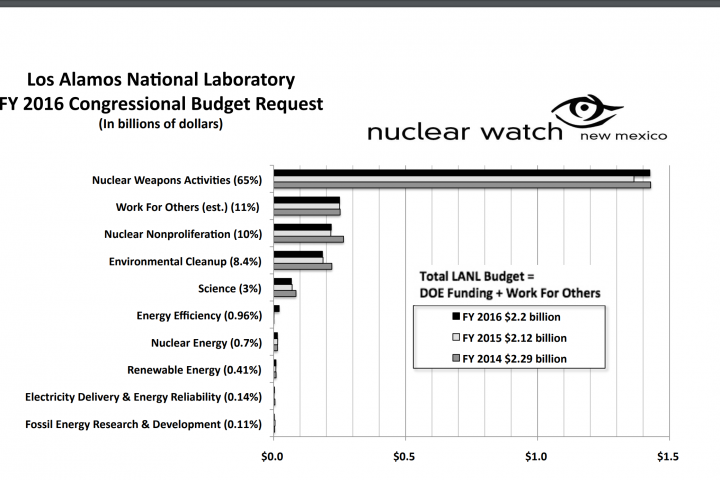NukeWatch Denounces New Consent Order on Los Alamos Lab Cleanup
Santa Fe, NM. Today, the New Mexico Environment Department (NMED) issued a new draft Consent Order that in theory will govern cleanup at the Los Alamos National Laboratory (LANL). Instead,...

